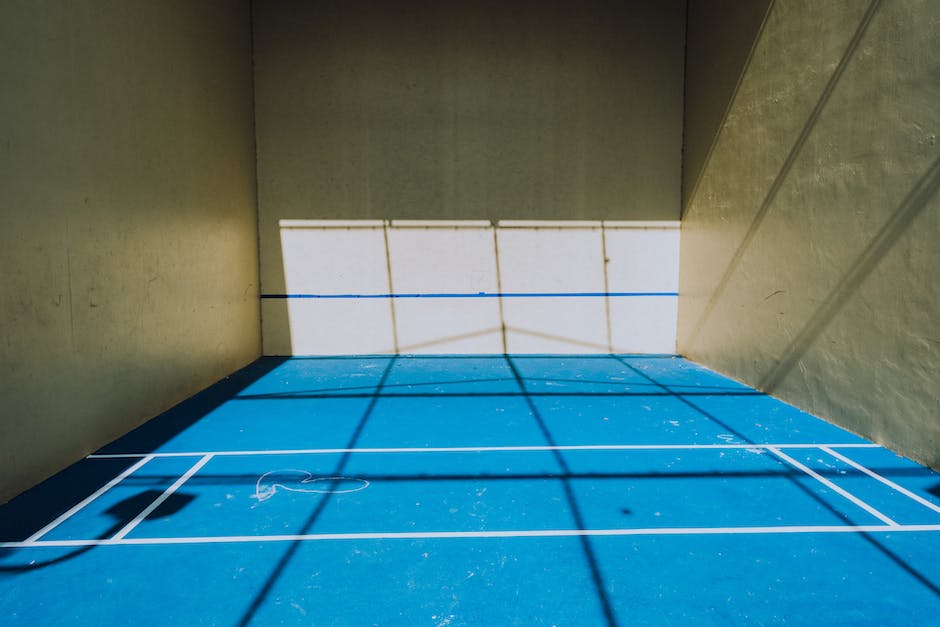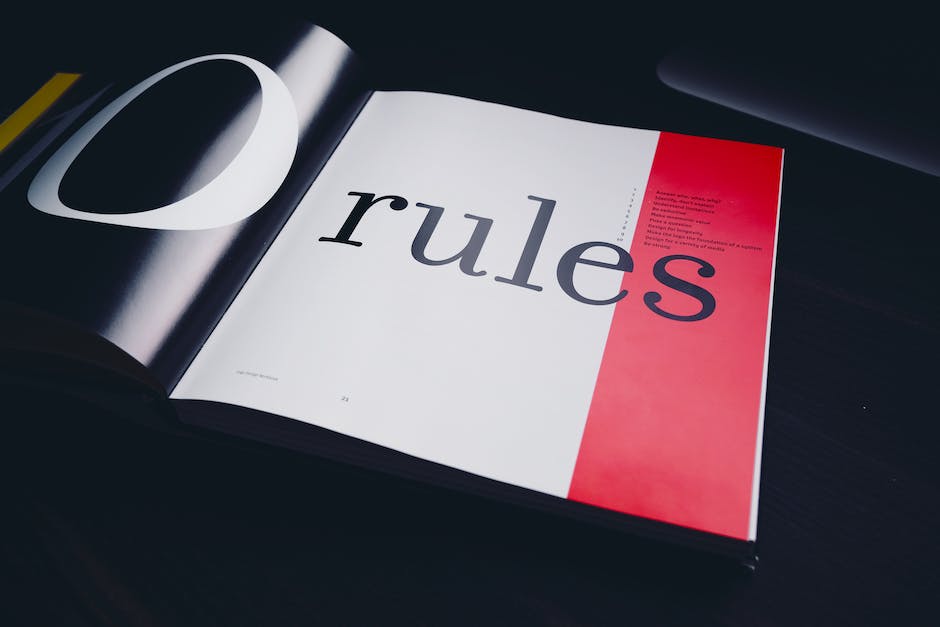Have you ever found yourself curious about the rapidly growing sport of pickleball? If so, this comprehensive guide will take you on an informative journey through the official USA Pickleball Association rules, helping beginners and seasoned players alike gain a solid grasp on how this engaging game operates. From a simple introduction to the rules, we’ll delve deeper into the game’s mechanics, exploring the points scoring system, serving rules, and the more common infractions. We’ll go on to break down some of the more complex regulations, inspecting the legality of certain serves and the intricacies of the non-volley zone. By shedding light on the real-world application of these directives, we aim to bring you a practical understanding of strategies and scoring.
Introduction to USA Pickleball Rules
Understanding the Sport: Pickleball Basics
Pickleball is a paddle sport that blends elements from tennis, table tennis, and badminton. The game is played similarly to tennis, with exceptions in scoring rules. The court dimensions are identical to a doubles badminton court, largely played as doubles, although it can be enjoyed as a singles game too. A paddle, smaller than a tennis racquet but larger than a ping-pong paddle, is used to hit a perforated plastic ball, like a wiffle ball.

USA Pickleball Rules: Service
In pickleball, the serve must be done underhand with the paddle’s face facing upward at contact, and the ball must be hit in the air without bouncing. To start the game, the right-hand court serves first. The server must serve diagonally, and the ball must land in the diagonal opposite service court. The server continues to serve, alternating service courts, until the server makes a fault. Importance is given to both the feet position and ball contact during the service, and not adhering to guidelines can lead to service faults.
Scoring System in Pickleball
The game is usually played up to 11, 15, or 21, win by two points. A team only scores when they serve. During each service sequence, both players on the serving team have the opportunity to serve and score points until they commit a fault. The first server’s number will be called zero or one, depending on whether they are the first server for their team – a different approach from other racquet sports.
Common Violations in Pickleball
Understanding the common violations in pickleball is key to mastering the game. One well-known violation is the “double bounce rule.” After the serve, each side must make at least one groundstroke, allowing the ball to bounce once before volleys are allowed. Hence, each side must play their first shot off the bounce. Another widely recognized violation is the “non-volley zone” rule. A player cannot volley the ball (hit the ball before it bounces) when standing in the non-volley zone.
Fouls and Penalties
Several circumstances can lead to faults in pickleball, including hitting the ball out of bounds, not serving the ball into the diagonal service court, violating the double bounce or non-volley zone rule, or hitting a player with the ball. When a fault is committed by the serving team, they lose their serve. If the fault is by the receiving team, a point is awarded to the serving team.
Familiarizing Yourself with Pickleball
Familiarizing yourself with these basic rules, practicing the skills required for serving and volleying, and understanding the violations and penalties involved in pickleball are all crucial steps toward mastering this enticing sport.

Advanced USA Pickleball Rules
Understanding the Serve in USA Pickleball
The USA Pickleball rules mandate that a serve must begin with the server’s feet behind the baseline. The paddle must strike the ball below the server’s waist, specifically below the navel. The server’s swing must be in an upward arc. The serve must land in the diagonal court opposite the server, precisely in the service court beyond the non-volley zone also known as the kitchen. A serve that touches the non-volley line or lands outside the service court is deemed a fault. Also, double bouncing the ball before the serve is considered a fault.
Utilizing the Non-volley Zone
A unique feature of USA Pickleball is the non-volley zone, often referred to as “the kitchen.” This term refers to the seven-foot area on both sides of the net. A player cannot volley a ball – i.e., hit it in the air without the ball bouncing first – while standing within this zone. The player may enter the non-volley zone to play a ball that has bounced, but they cannot volley the ball within this area. Any form of volley within this zone results in a fault. Players must wait till both their feet are outside the zone again before making a volley shot.
Recognizing Faults in USA Pickleball
A fault in USA Pickleball is an error that ends the rally. Some examples of faults include – serving out of order, hitting the ball out of bounds, stepping into the non-volley zone while volleying the ball, and hitting a volley shot before the ball has bounced once on each side of the court during a rally (double-bounce rule). When the serving team commits a fault, it results in a side out and the opposing team gets the serve, whereas when the receiving team commits a fault, the serving team scores a point.
Advance Understanding of Service Sequence
Pickleball follows an interesting serving strategy: games start with just one partner serving in a team until a fault is made. Thereafter, each team member serves consecutively when it’s their team’s turn to serve, until they commit a fault. The first server each time their side gains the serve is referred to as the “first server,” and they continue to serve each time their side gains the serve back from their opponents. If the first server faults, the serve moves to their partner who continues to serve until they too commit a fault, then service passes to the opposing team.
Dealing with Distractions
The game of Pickleball, like any other sport, has regulations to deal with distractions. If any player on a team causes a distraction that results in their opponents committing a fault, the referee may allow a do-over or replay for that point. The definition of a distraction is based on the official USA Pickleball rule guide and might include things such as shouting, external interference, or hitting an illegal shot like scooping the ball.
With a deep understanding of these rules, you’ll not only play the game better but also appreciate the strategic nuances that make Pickleball a unique and fun sport.

Practical Application of Pickleball Rules
Understand the Basic Principles of Pickleball
The first step to understanding how rules are applied in pickleball is to comprehend the basic rules of the game. Pickleball gameplay involves two to four players who use solid paddles (which are similar to table tennis paddles) to hit a perforated ball over a net. The game combines elements of badminton, tennis, and ping-pong. Now, let’s discuss the serving, scoring, and certain specific rules in examples.
The Serve Rule in Action
Every match starts with a serve. The game serves underhand at or below the waist level from behind the baseline. A common observation in the game is a player serves diagonally between the opponent’s service court and doesn’t continue until the ball passed the no-volley zone (7 feet from the net, marked as the kitchen). If a server violates this rule, it will be considered a fault, and the server loses their turn.
Scoring in Pickleball
The scoring process might seem confusing to a beginner, but once you understand the application, it gets quite straightforward. Unlike many games, you can only score a point in pickleball when serving. Let’s consider this practical example. If player A and player B are on a team, player A will continue to serve and score until they commit a fault. Then, player B gets the chance to serve and score. If player B does a fault, the serve transfers to the opposite team. The first team to score 11 points with at least a two-point lead wins the game.
Two-Bounce Rule in Practice
An essential rule of pickleball that sets it apart from similar games like tennis is the two-bounce rule. This rule mandates that the ball must bounce once on each side before players can start volleying (hitting the ball before it bounces). So, in a typical game, after the serve, the receiving team should let the ball bounce once before returning the serve. Then, the serving team should also let it bounce before returning the shot. Only after these two bounces can players begin to volley.
No-Volley Zone Rule Application
The 7-foot area on both sides of the net is termed the no-volley zone or “the kitchen”. Players are not allowed to volley while standing in this zone. If a player steps into the kitchen and volleys, it is a fault, and the opposing team wins the point or the serve. Strategies are often developed around this pickleball rule, which includes positioning players just behind the kitchen line for an offensive strike, or hitting drop shots into the kitchen forcing the opponent to step back.
Role of Referees in Pickleball
Referees play a crucial role in enforcing the rules during a pickleball game. They keep the score, call out faults, and ensure fair gameplay following the official pickleball rules. For instance, a referee is responsible for ensuring the two-bounce rule is adhered to at the beginning of each rally and that players don’t volley from the kitchen.
Understanding and applying these rules strategically can enhance the gameplay experience and increase the chances of winning a pickleball match. With the basics in hand, watch and play more games to familiarize yourself with these principles in action.

Revisions and Q&A on USA Pickleball rules
Overview of Pickleball
Pickleball is a sport that combines elements of badminton, table tennis, and tennis. It involves two or four players who use solid paddles to hit a perforated polymer ball over a net. The sport embraces rules that are unique, with some borrowed from other racket sports.
Basics of Pickleball Rules
The objective of pickleball is to score points by making the ball land within the declarable dimension of the court on the opponent’s side or if the opponent commits a fault. The game commences with a serve, and the server must serve from behind the baseline. The score should be announced before each service.
Serving should be done underhand and must be diagonal, meaning if you serve from the right/even court, your serve should land in the opponent’s right/even court. Failure to do so is considered a fault. The server continues to serve until they fault. The first server of the game serves from the right/even court. However, in subsequent games, the first server of the team that is due to serve serves from the court based on the evenness or oddness of their score.
Faults in Pickleball
Faults occur when a served ball touches the non-volley zone (also known as kitchen) including the line, the ball is hit out of bounds, the ball doesn’t clear the net, the ball is volleyed before it has bounced once on each side of the net, the ball is hit twice, or volleyed (hit in the air without bouncing) from the non-volley zone. A fault is also committed when the server serves out of turn, misses the ball while trying to serve it, or if the player’s feet are not behind the baseline while serving.
Understanding the Non-Volley Zone in Pickleball
The non-volley zone is the 7-foot area on both sides of the net. No volleying is permitted within this zone, meaning you must let the ball bounce once before playing your shot. However, you can enter the zone to play a ball that bounces therein.
Scoring System in Pickleball
In pickleball, only the serving team can score points. Games are typically played to 11 points, but tournament games might be to 15 or 21. Winning requires a 2-point advantage.
Common Pickleball Rules Questions
One common question is whether you can serve overhand in pickleball. According to USA Pickleball rules, you cannot; all serves must be produced with an underhand stroke.
Another frequent query is about the double-bounce rule, which requires that the ball must bounce once on each side before volleys are allowed. This holds true for each point played; the ball must bounce once in the serving team’s court and once in the receiving team’s court before it can be volleyed (hit without bouncing).
Lastly, many players ask about the non-volley zone rules. In pickleball, you cannot volley while standing in the non-volley zone. Also, if you volley and your momentum brings you into the non-volley zone, it’s considered a fault.
After venturing through the multi-faceted world of pickleball rules, revisiting them for a more comprehensive understanding, and attending to your queries, you should now be well-equipped to appreciate the game in a brand new light. With an understanding of the initial rules and the more specific regulations, common game fouls, and different strategic implementations players utilize, you are well on your way to mastering the art of pickleball. Whether you’re aiming to become an expert player, planning to dabble as an amateur, or simply a passionate spectator, we hope this exploration of USA Pickleball rules will help your experience of this dynamic game become even more enriching and exciting.

I am Michael Wanner, an experienced and educated expert in the field of pickleball. I hold a degree in Sports Science from Cleveland State University, Ohio, USA. My expertise lies in the technical aspects of pickleball and how to play it effectively. I have spent many years playing and coaching pickleball and have a wealth of knowledge to share with my readers. I am a valuable resource for anyone looking to improve their pickleball skills and strategies.
